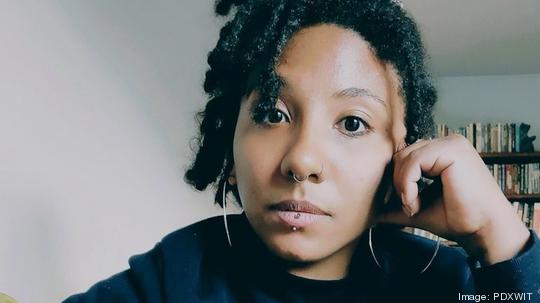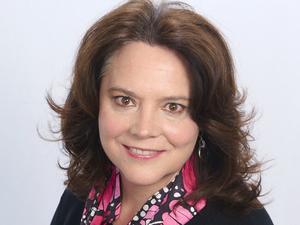
During Women’s History Month, we often celebrate women who “break glass ceilings,” host workshops on negotiation, and hold workplace seminars around burnout and belonging. But these kinds of stories, training, and conversations all tend to have something in common: They’re framed as societal problems that can be overcome by anyone with enough hard work and grit.
When we celebrate women who overcome without also addressing the root causes of inequities, we invariably look at the struggles of others and ask, “Why can’t you do what she did?” This framing puts the burden on individuals to navigate toxic workplace environments, shifting responsibility away from the institutions that create these environments. It also disproportionately impacts women marginalized by mainstream feminism: poor, queer, and trans women of color.
What is intersectionality and why do we need it in the workplace?
Intersectionality, coined by critical legal scholar professor Kimberlé Crenshaw, is not about personal identity. It's about naming structures of oppression and understanding how they intersect, leading to unique forms of discrimination for individuals.
When we leave race out of the equation during Women’s History Month, for example, we wind up with hidden figures — women of color whose achievements are overlooked. When we take race, gender, and ability out of the workplace in favor of false notions of meritocracy, equity gets interpreted as “special treatment.”
What does this mean for my workplace?
Intersectional feminism helps us to notice the myriad of ways oppressive systems influence industries often thought of as “neutral.” Here are some critical questions for companies to consider:
- Does your company manage symptoms (e.g., mental health seminars) or address things at the root (e.g., overwork, inequitable pay)?
- Does your company lean on women employees for planning social gatherings?
- How equitable are your hiring practices?
- Who’s missing from the room?
Too often, diversity, equity and inclusion training focuses on personal and interpersonal interactions to the exclusion of company policies, processes and culture. Hiring a consultant with an anti-oppression lens who can train staff and leadership to apply a critical lens is one step towards bridging this gap.
Ultimately, framing systemic problems as an individual’s problem hurts everyone. To build a better tech industry, we need to center experiences and voices that are often left out in order to create solutions that account for structural inequities that persist––uplifting everyone in the process. You can learn more about and engage with PDXWIT through our website.
This is a guest column by PDX Women in Tech. If you are interested in writing an Inno column contact Malia Spencer at mspencer@bizjournals.com.







